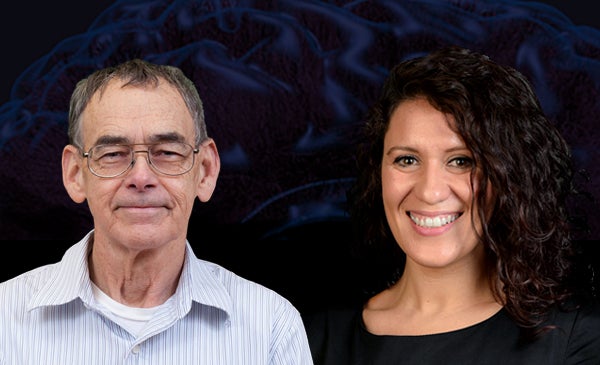BioE professors deliver talks to University of Queensland Australia study group
Text block one Heading link

Two professors from the Richard and Loan Hill Department of Bioengineering are connecting with researchers on the other side of the globe to discuss how analytical models and methods can be used to track changes in tissue.
The Anomalous Relaxation and Diffusion Study Group formed at the University of Queensland Center for Advanced Imaging meets once every two weeks on Zoom to listen to a webinar on the topic and to then hold a discussion.
The group is interested in bringing together researchers who are focused on the use of traditional and anomalous analytical methods that connect with biologically influenced changes in tissue. The group noted this kind of research can help scientists extract information from biomedical imaging data, along with other research fields.
Distinguished Professor Richard Magin gave a featured lecture titled “Fractional Calculus Models of Magnetic Resonance Phenomena: Relaxation and Diffusion” on May 1. Magin discussed how scientists can get a picture of the structure of a certain material by tracking the movement of the molecules inside of it. He noted fractional calculus models are one method to capture the complexity of the underlying system inside these materials.
His talk can be viewed on the group’s website.
Research Assistant Professor Muge Karaman also presented a talk to the study group titled “Non-Gaussian Diffusion MRI for Assessing Tumor Tissue Microstructures” on July 9.
Her talk presented the theory, implementation, and validation of novel non-Gaussian diffusion-weighted MRI models; and demonstrate their clinical applications in diagnosis and treatment assessment of different types of cancer, such as brain tumor, gastric cancer, and breast cancer.
Her talk can be viewed here.